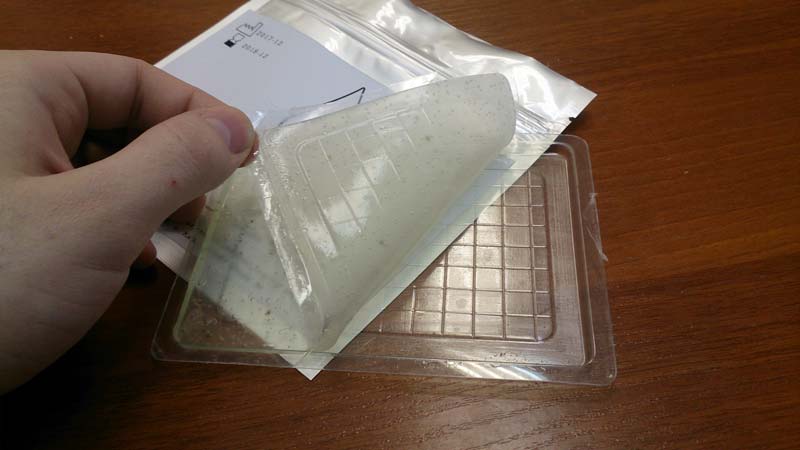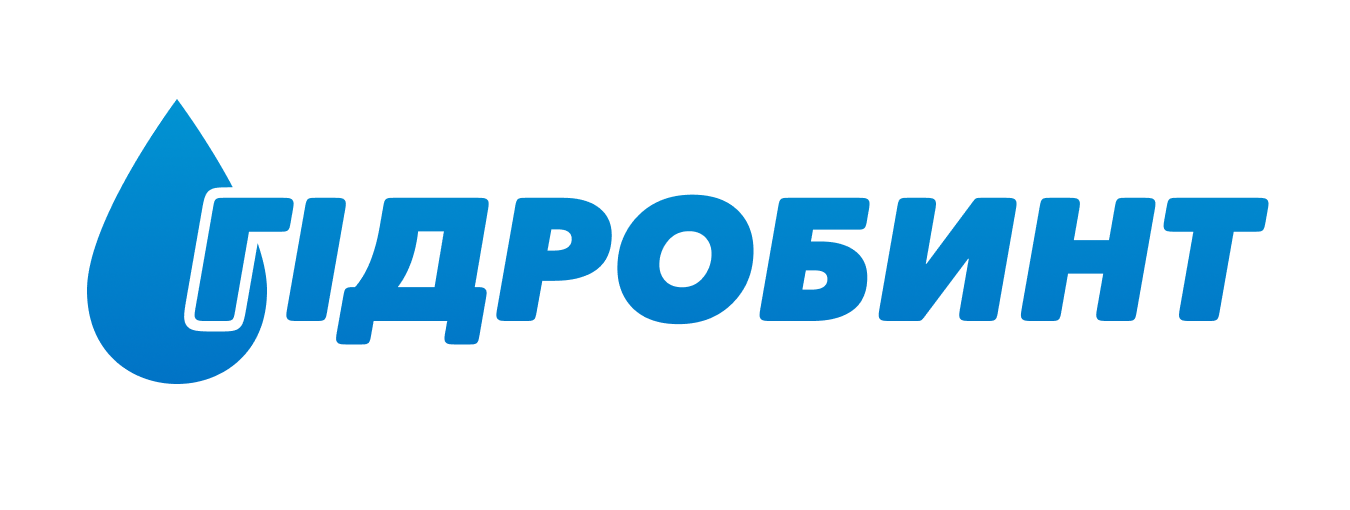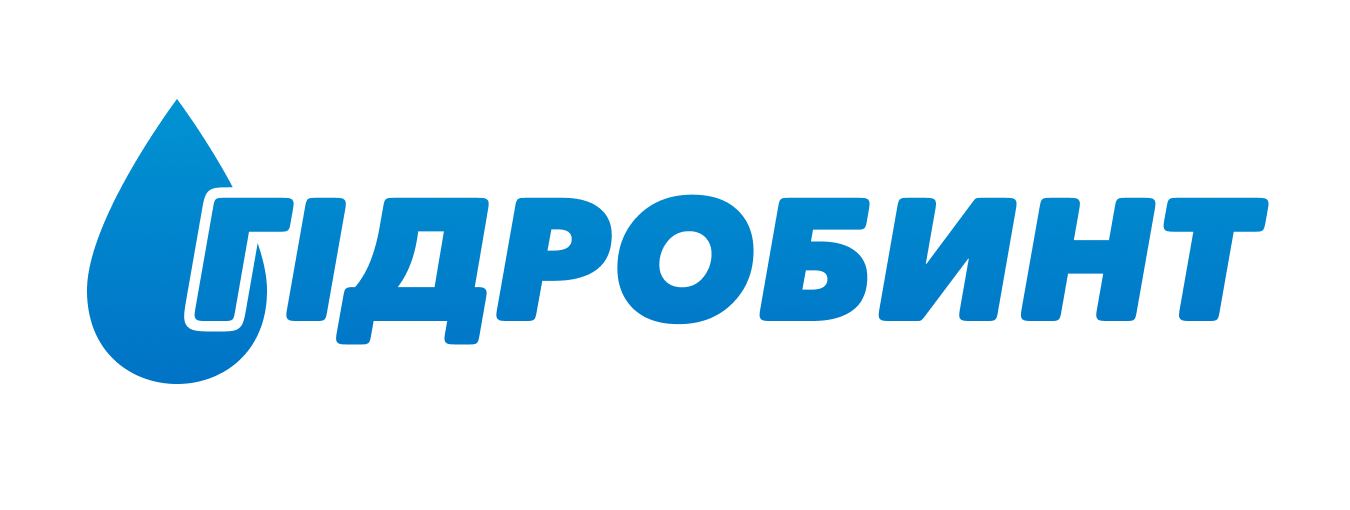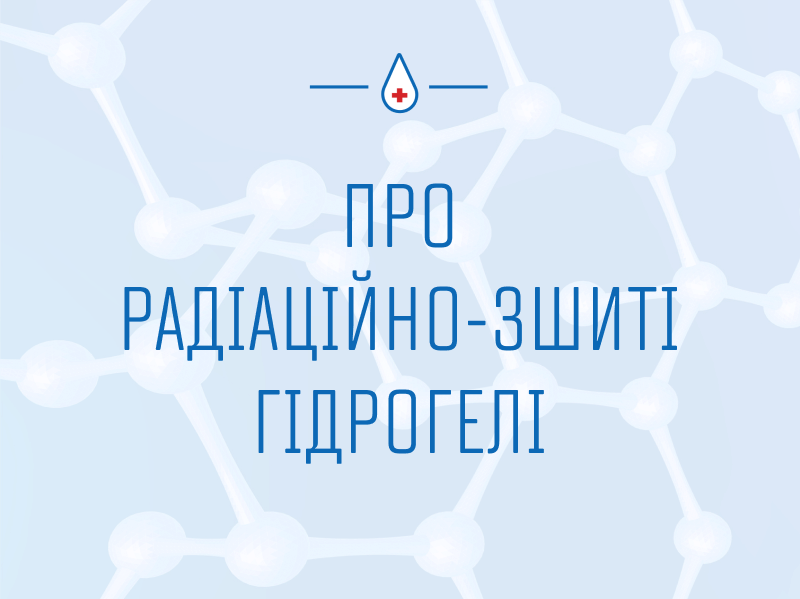Radiation-crosslinked hydrogels(RCHs) are an elastic nanostructured three-dimensional mesh of polymer macromolecules that is 90% water-filled. Due to this, RCHs have a soft texture and properties that bring them closer to natural living tissue than any other class of synthetic materials. RCHs are classified as “soft mater” – soft materials or soft matter. They can be quite tensile and stretch elastically by 2-3 times. Despite their high water content, RCHs can additionally absorb water, increasing their volume by 100-150%. With a unit cell size of hundreds of nanometers, RCHs are able to pass through drug solutions and diffuse oxygen molecules, but do not allow bacterial infection. In other words, RCHs can contain water-soluble antiseptics, painkillers, hemostatic and healing agents and at the same time absorb physiological wound secretions. Non-toxic polymers that are biologically inert, i.e., do not cause irritation or allergies, are usually used to create such wound dressings. All of this makes RCHs a very attractive material for dressing wounds of the human body.
The production of dressings based on RCHs has been established in many countries, and their effectiveness has been proven in practice. For example, NATO soldiers’ personal first aid kits must include RCHs dressings, as they are effective for providing first aid in the field for many types of injuries (including open pneumothorax). On an outpatient basis, RCHs bandages accelerate the healing of burns, skin injuries of various origins, purulent wounds, ulcers, and bedsores by an average of two times. Patients like bandages made of this material because they do not stick to the wound and can be removed completely painlessly. RCHs bandages have proven themselves in dermatology and cosmetology. RCHs is being developed for use in surgical ophthalmology. Unfortunately, medical bandages with RCHs have not yet been produced in Ukraine, and the use of imported ones for most patients is significantly limited by their high cost.
In 2016 a new technology for the production of RCHs for bandages developed at the Institute of Physics of the National Academy of Sciences of Ukraine was patented. Its peculiarity lies in the fact that powerful pulses of relativistic electrons at high temperatures are used to crosslink polymers. This has made it possible to significantly reduce the cost of producing bandages with RCHs.
In 2017 under a license agreement with the Institute of Physics, RADITECH LLC used this technology to develop the first domestic medical dressing made of radiation-crosslinked hydrogel for the treatment of wounds and burns, which will be produced under the trademark GIDROBINT.





